Sources for Fine Ruby Gems
Ruby, the red form of the mineral corundum, ranks among the rarest and most prized gemstones. People value it for its hardness and shine, but it's the vivid red shade that connects with deep human feelings like warmth, passion, and vitality.
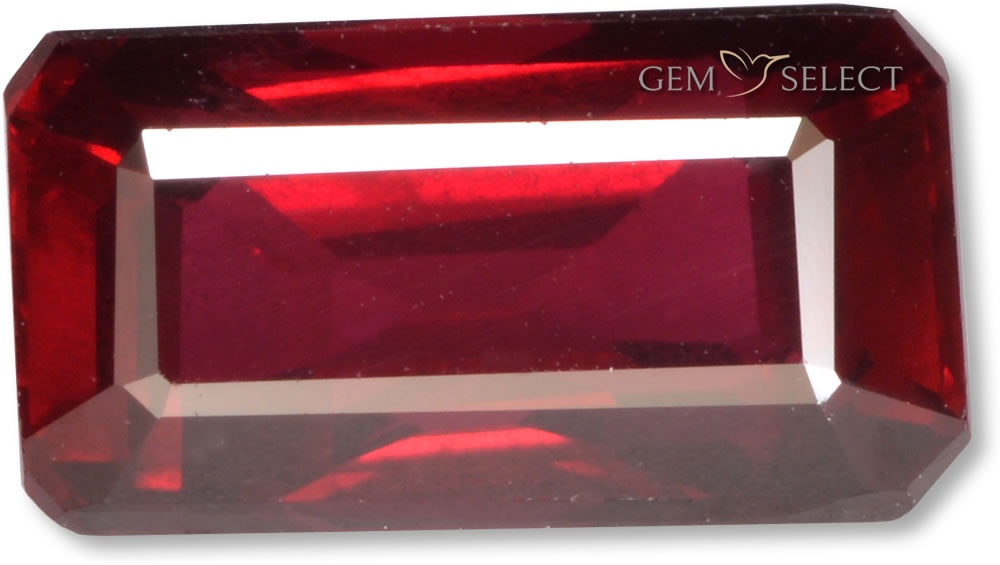
You might wonder, given how scarce ruby can be, where the global supply comes from. What defines the top sources for quality rubies, and how do gems from various regions stack up against each other? Let's dive into that.
Rubies from Burma (Myanmar)
The most sought-after ruby gemstones often trace back to Burma, now known as Myanmar, especially the Mogok area. These rubies stand out for their intense red tone, clear appearance, and superior traits. Mining in this spot likely dates back over a millennium, and it's famous for yielding the elusive "pigeon's blood" ruby. Top Burmese examples show strong color saturation and a glowing fluorescence that makes the stone seem lit from within. Interestingly, some premium pieces gain a soft, velvety texture from fine rutile inclusions called "silk" by experts.
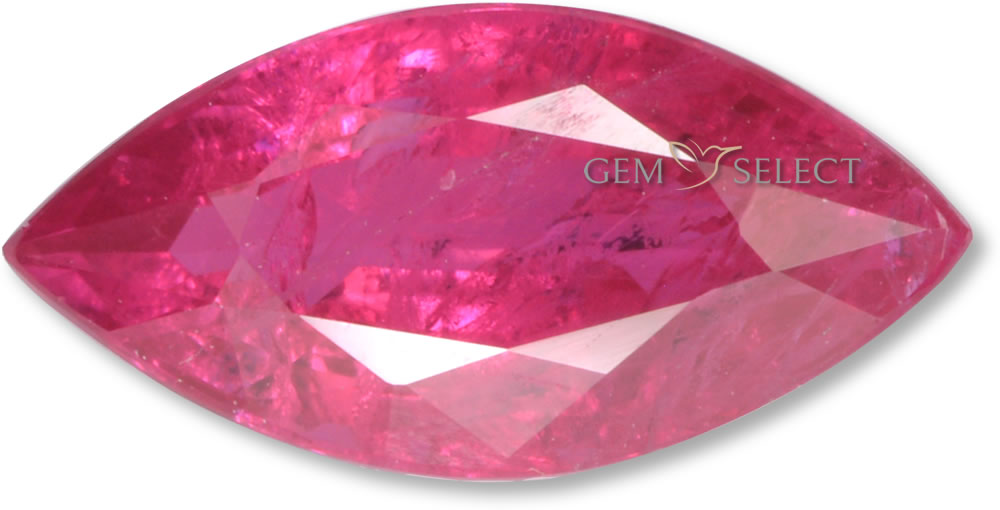
Though Mogok grabs the spotlight for elite rubies in Burma, today's Burmese supply mostly flows from Mong Hsu in Shan State. Unearthed in 1992, this massive find was called the biggest Burmese ruby breakthrough in ages. However, Mong Hsu stones don't match Mogok's caliber; they often carry a blue or purple tint that's less desirable. Heat treatment boosts the color, so virtually every Mong Hsu ruby on sale has undergone this process.
Before Mong Hsu came online, the world leaned on non-Burmese sources for decades. A 1962 coup under Ne Win put the military in charge of Mogok mines, sealing off Burma during his odd socialist era. This pushed buyers toward Thailand, home to plenty of material ready for cutting.
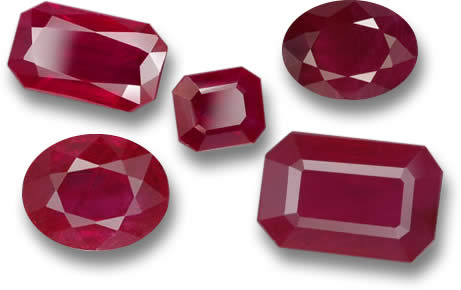
Rubies from Chanthaburi, Thailand
Thai rubies hailed from Chanthaburi Province, near the Cambodian border. They looked quite different from Burmese ones - clear, yes, but their high iron levels gave a darker, garnet-red shade. Local experts found heat treatment enhanced the hue, leading to strong sales. For plenty of folks, that bold, transparent red defines ruby, though fans of Burma's glowing versions might beg to differ.
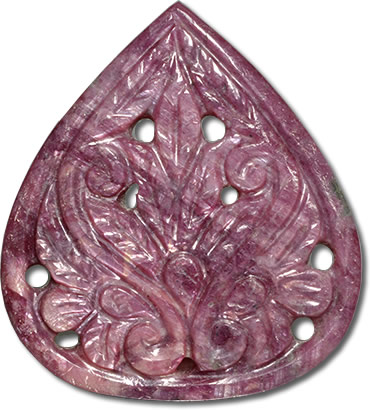
With huge demand worldwide, advanced tools hit Chanthaburi mines, exhausting them by the 1980s. Soon after, Mong Hsu in Burma stepped in, followed by a key find in Madagascar around 2000.
Rubies from Madagascar and Mozambique
Two sites in eastern Madagascar - Vatomandry and Andilamena - shook up the gem world. Andilamena's first rubies surfaced in October 2000, dark and opaque, needing heat to brighten and drop purple notes. Better stones emerged in January 2001, drawing 40,000 miners in weeks. These form as flat crystals averaging 0.5 grams (2.5 carats), with rounded sides. Top red, clear pieces are uncommon here, but some exceed 5 grams.
About a decade later, northeastern Mozambique revealed a deposit sharing Madagascar's rich geology. It now leads global production, supplying over half of all rubies as of recent years. Mozambican stones rival Madagascar's, with some boasting excellent clarity and rich red color.
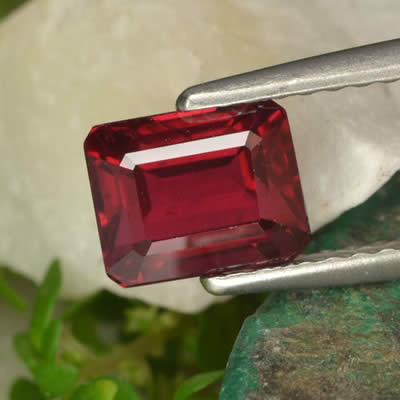
Emerging Sources and Other Regions
Greenland has shown promise as a ruby source, with mining kicking off in 2017 at Aappaluttoq. However, operations paused in 2022 due to costs, and the company faced bankruptcy in 2024. As of mid-2025, it's unclear if or when production might resume, but the potential remains.
Other notable areas include Sri Lanka, with ancient mines since 543 BC; Tanzania and Kenya in Africa; plus spots in Afghanistan, Pakistan, and Vietnam. While Burma holds the crown for finest quality, Mozambique dominates volume today, keeping the market supplied with diverse options.
Frequently Asked Questions
What makes Burmese rubies stand out?
Burmese rubies, especially from Mogok, are prized for their deep red "pigeon's blood" color, fluorescence, and sometimes silky inclusions that add a soft glow.
Where do most rubies come from today?
Mozambique supplies over half of the world's rubies, with significant production also from Myanmar, Madagascar, and other African regions like Tanzania.
Are rubies often treated?
Yes, many rubies undergo heat treatment to improve color and clarity, especially those from Mong Hsu in Myanmar or darker stones from Madagascar. Additionally, lower-quality rubies may undergo fracture-filled treatments using lead glass to enhance their appearance.
What's the latest on ruby mining in Greenland?
Mining started in 2017 but stopped in 2022 due to financial challenges. The company went bankrupt in 2024, and as of 2025, operations remain suspended.
How do rubies from different places differ?
Burmese ones often glow with fluorescence, Thai rubies appear darker and clearer, while African rubies vary but can match top quality with treatment.

